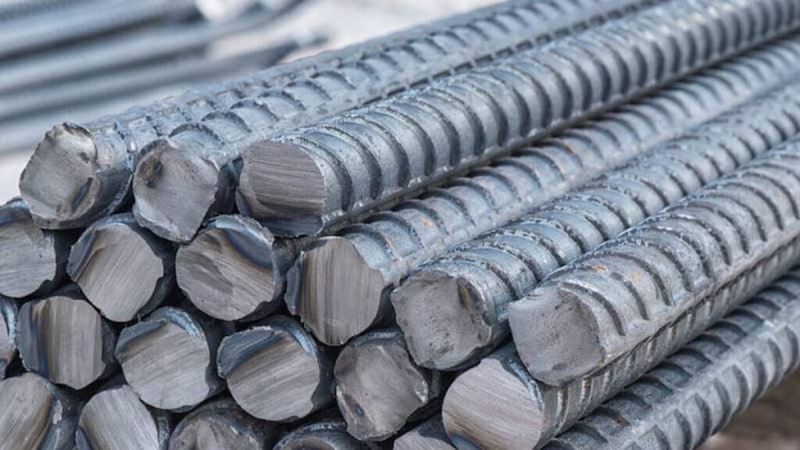In a move to combat climate change, the northwestern state of Queensland, Australia, has elevated its target for reducing greenhouse gas emissions to 75% by the year 2035 under the leadership of the newly appointed Labor Party Premier, Steven Miles. This development follows the resignation of Annastacia Palaszczuk, who held the position for nearly nine years. In his inaugural address as the premier, Miles aims to curtail greenhouse gas pollution by 75% by 2035. The state's singular-chamber parliament is set to enshrine the targets into law, including a 30% reduction by 2030 and achieving net-zero emissions by 2050.
As a region heavily reliant on coal for electricity generation, Queensland boasts the country's youngest fleet of coal-fired power plants. The current administration plans to transition to pumped hydroelectricity as a definitive power source. The state anticipates establishing 3,000 MW of gas-fired peaking capacity and 2,000 MW of hydrogen production capacity as reserves for variable renewable energy between 2039 and 2040. Furthermore, the plan outlines the installation of approximately 40 GW of renewable energy, including 15 GW each of solar and wind energy, along with 10 GW of pumped hydroelectricity, hydroelectricity, and batteries during the same period.
Queensland, a leading exporter of coking and thermal coal, forecasts a surge in exports to reach 200 million tons in the fiscal year 2023-24. While the state's gas fields are projected to contribute 2.33 billion AUD to the state coffers in 2022-23, petroleum royalty revenues, predominantly derived from LNG, are estimated to total 1.65 billion AUD in the fiscal year 2023-24.









Comments
No comment yet.